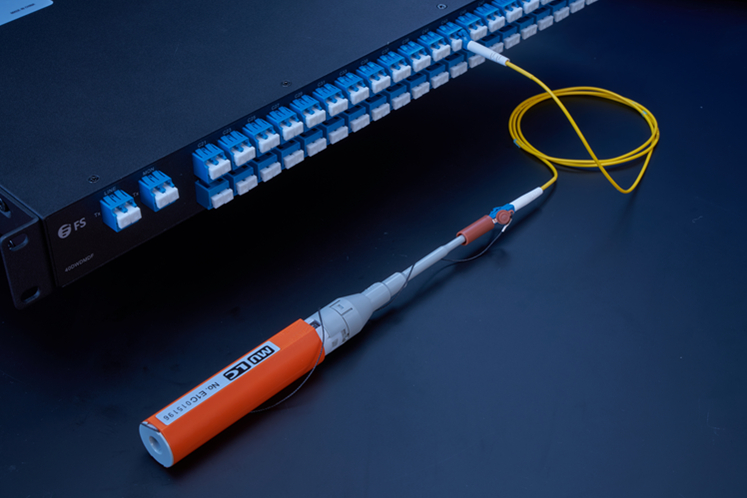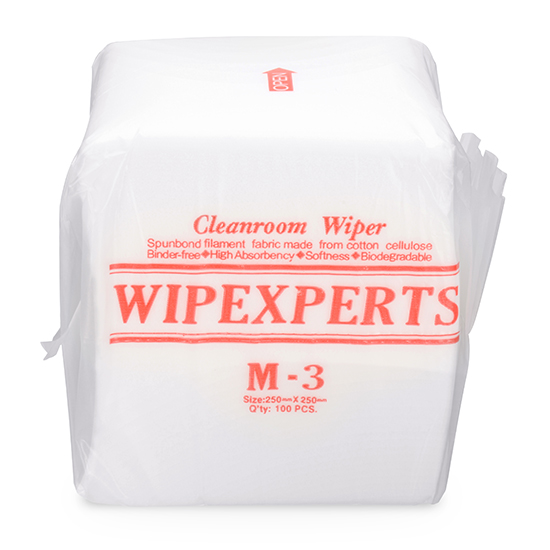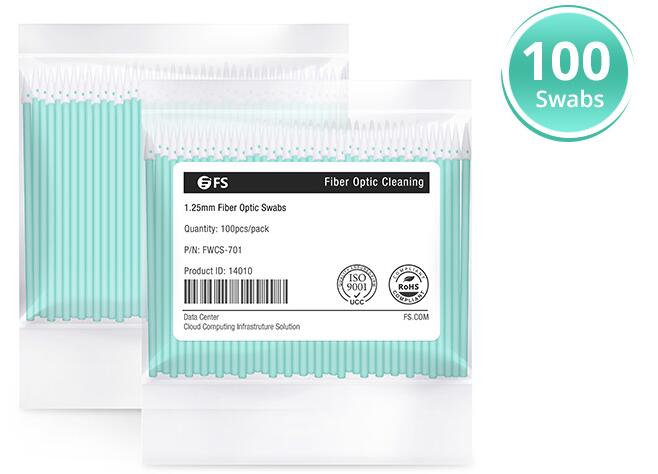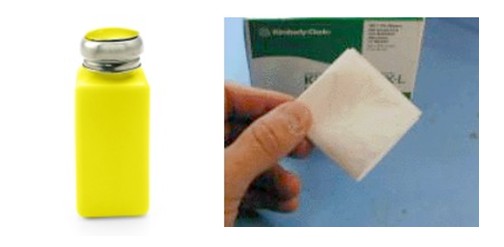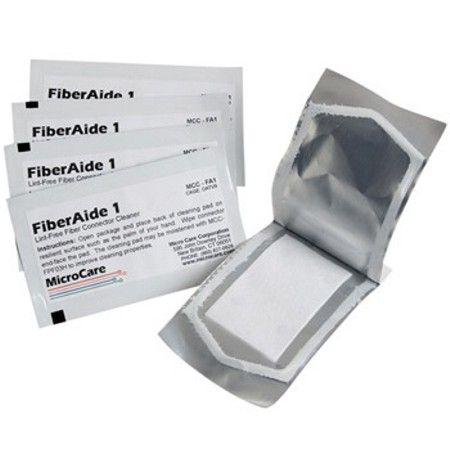Fiber optic cabling is the blood vessel of modern telecommunication industry. With the increasing applying of Gigabit Ethernet and 10 Gigabit Ethernet, fiber optic connector cleaning has become one of the most crucial procedures in these fiber optic communication systems. Clean and reliable optical connectors are the most important in providing a reliable, high performance fiber system. Thus, fiber optic cleaning is your best choice of keeping your fiber connectors clean and reliable.
Dirt, dust and other contaminants are the enemies of high-speed data transmission over optical fiber. Today’s network applications require more data and better quality than ever. Hence, it is necessary that all optical connections should free of contaminants to avoid having application performance issue.
Here are pictures showing three different optical connector contaminations. The first picture shows a fiber optic connector with a dry residue.
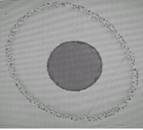
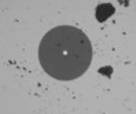
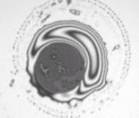
Since fiber optic connector with dust, liquid contamination, dry residue can be easily transferred to the mating ferrule, further complicating the cleaning process. This also runs the risk of physical damage to the fiber’s end face. It is very important to make sure that fiber optic connector is clean.
Fiber optic cleaning kits on the market can be divided to four types based on the cleaning method.
- Dry cleaning: Optic cleaning without any use of solvent.
- Wet cleaning: Optic cleaning with a solvent. Typically IPA (isopropyl alcohol).
- Non-Abrasive cleaning: Cleaning without abrasive material touching the fiber optic connector end face. Examples are air dusters or pressured solvent jet used in automated in-situ connector cleaners.
- Abrasive cleaning: The popular lint free wipes, reel based on CLETOP fiber connector cleaners and optic cleaning swabs such as the Cletop sticks are all abrasive cleaning types.
- Inspect the fiber connector, component, or bulkhead with a fiberscope.
- Clean it with a dry cleaning method.
- Inspect the connector again.
Before you select a fiber optic cleaning kit, there are some points you should pay attention to.
- The connector types will need to be cleaned
- The type of contaminates will be my technicians encounter
- The connectors physically located which place of the network
- The number of connector ends that need to be cleaned for this project
- The type of environment the connectors been exposed to.
- The skill level of my technicians for cleaning fiber connectors
- The type of environment my technicians clean in
- whether the equipment or cable system manufacture have cleaning requirements that must be followed for maintaining the warranty
Fiberstore’s fiber optic cleaning kits contain the best fiber optic cleaning tools to effectively remove the toughest contaminants in any fiber network. Fiberstore can provide many kinds of fiber cleaners such as fiber connector cleaner, Fujikura cleaner, optical connector cleaning cards, etc. If you have any requirements, please contact us at sales@fs.com or live chat with us.



